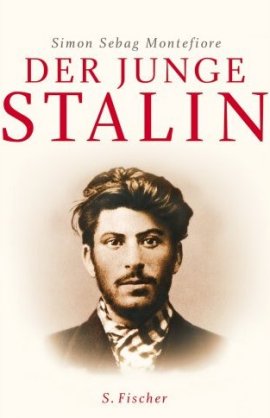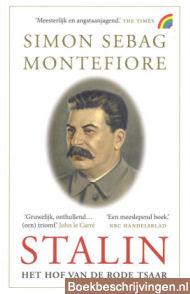
Stalin was viewed by many as a man with no aesthetic sensibility, a dull, bureaucratic, power-hungry Georgian-turned-Russian chauvinist: Genghis Khan with a telephone.


They describe Stalin as a bureaucrat with little intellectual skill, a betrayer of Vladimir Lenin's revolutionary ideas, a non-entity in the Communist Party until Lenin's death. The most widely cited works on Stalin were written by his political opponents, people like Leon Trotsky and Nikita Khrushchev, or dissident writers like Roy Medvedev. Stalin left no diary or memoirs, and what we do know about the "man of steel" comes not from him but from others. Service's exhaustive biography reads as one long corrective to the current historiography on Stalin. Service states that his book "is aimed at showing that Stalin was a more dynamic and diverse figure than has conventionally been supposed" (p. Montefiore hopes that his book will make Stalin "a more understandable and intimate character, if no less repellent" (p. When the subject concerns a brutal, complex, and monumental figure like Josif Stalin, it is useful. The wording of each text helps to illustrate the authors' distinct styles and approaches. Our readers have come to expect excellence from our products, and they can count on us to maintain a commitment to producing rigorous and innovative information products in whatever forms the future of publishing may bring.Robert Service and Simon Sebag Montefiore have produced strikingly different books, although they both offer a revision of the standard history concerning one of the twentieth century's bloodiest dictatorships. Through our commitment to new products-whether digital journals or entirely new forms of communication-we have continued to look for the most efficient and effective means to serve our readership.

Since the late 1960s, we have experimented with generation after generation of electronic publishing tools. The Press's enthusiasm for innovation is reflected in our continuing exploration of this frontier.

We were among the first university presses to offer titles electronically and we continue to adopt technologies that allow us to better support the scholarly mission and disseminate our content widely. Among the largest university presses in the world, The MIT Press publishes over 200 new books each year along with 30 journals in the arts and humanities, economics, international affairs, history, political science, science and technology along with other disciplines.


 0 kommentar(er)
0 kommentar(er)
